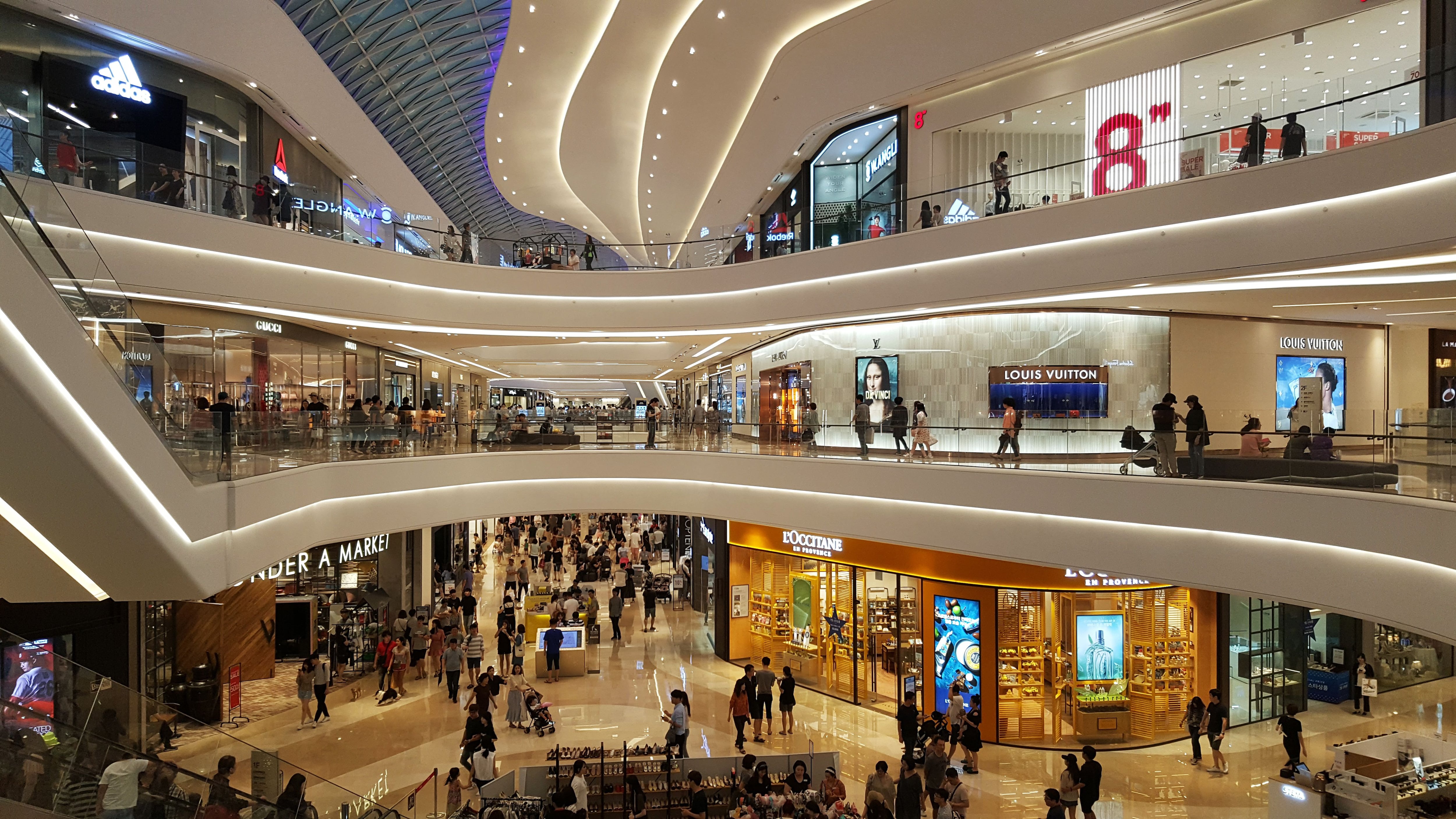China’s Big-Spending, Picky Youth Are Global Luxury’s Lifeline
About two dozen Chinese taste-makers gathered on a recent spring evening in Shanghai for an exclusive showcase hosted by online luxury retailer Mytheresa.com GmbH.
In a red-brick colonial building near the historic Bund district, they wined and dined with stylists and executives as four up-and-coming Chinese designers spoke about the inspiration behind the hand-embroidered dresses and crisply tailored blazers on show. While special events for top-tier clients are common in fashion hubs across the world, what set this one apart was the attendees’ youth, with almost all of them born from 1990 onward.
The country’s shoppers are already some of the world’s most influential, accounting for about a fifth of the $325.4 billion global luxury market, PwC estimates. The average client in China is 29 years old, five years younger than peers elsewhere and yet spends $800 per week, or 30 percent more than the rest of the world, according to luxury online retail platform Farfetch Ltd.
Big-spending Gen-Zs will propel China to the position of the world’s top buyer by 2025 — usurping both the US and Europe, according to PwC. While that’s got foreign brands racing to secure a share of the lucrative market, they face elevated risks from the young shoppers they depend upon for growth. Youth unemployment is surging, the economic recovery shows signs of losing momentum and young consumers are demanding custom experiences over the mass-market offerings that excite their parents.
“The biggest change after the pandemic I can say is Chinese customers start to value service and the personalised experience more than ever,” said Greater China president at Farfetch, Judy Liu. “Chinese customers are younger, they have higher spending capabilities and they are also a group of very sophisticated customers.”
Top brands are expanding their domestic footprint to court these shoppers. Luxury behemoth LVMH Moet Hennessy Louis Vuitton SE is shifting resources out of Hong Kong to focus on mainland China, while Hermes International has been opening new stores or revamping existing shopfronts in recent years. Mytheresa set up its first Asian office in Shanghai last summer to provide on-the-ground personal shopping services since top local clients couldn’t visit overseas luxury hubs given Chinese pandemic curbs.
Foreign luxury brands are also ramping up other efforts to tap into Chinese youth who live their lives largely online. Shoppers who bought specific Prada SpA products during Lunar New Year in January were granted access to exclusive digital art pieces, while LVMH’s livestream of a fashion show in northern China last year drew 270 million views online.
“Luxury brands won’t just launch products but offer more extensive services to help consumers” who prefer pleasure and a healthy lifestyle over buying huge quantities of items, said chief executive officer of Lanvin Group Holdings Ltd, Joann Cheng. Some companies have diversified into home products, like aromatherapy oil, and are even investing in hotels, she said.
Sun Aoyu, a 21-year-old Chinese undergraduate studying in Sweden, says he steers clear of hot-selling items and since the onset of the pandemic has shifted a big portion of his unlimited budget — financed by his parents — away from clothes and shoes toward designer home decor and high-end sports equipment. “In the past, I might be intrigued to pay for something that looks nice, but after Covid, I focus more on my own feelings and experiences,” he said. “I only pay for brands that can help me express myself, instead of buying something to show off.”
Gen-Z — the 270-million-strong cohort born since 1995 — is estimated to see total spending rise fourfold from 2019 to 16 trillion yuan ($2.3 trillion) by 2035, China Renaissance estimates. Still, even super-rich youth aren’t completely insulated from the national economic environment, which features skyrocketing unemployment and an uncertain jobs outlook.
Ji Zhengyang, a 22-year-old finance student in Chongqing, said he used to spend more than 100,000 yuan a year — typically on his father’s credit card — on luxury goods. While his parents are still offering financial support, he’s drastically cut his spending in the past year and now prefers to buy watches, which he bets are a better investment than clothes.
“I’ll still spend on luxury when I really find something that fits me, but I’m just no longer such an active shopper when I constantly get information on how bad the job market is,” he said. “Consumption just naturally becomes more conservative when we have lower expectations for the future.”
Nevertheless, the industry is optimistic that big-spending Chinese shoppers will weather any economic storms. Some of Mytheresa’s clientele will head to Europe in coming months to visit luxury brands’ factories and dine with top designers, while Farfetch is planning to expand its customer base to lower-tier cities and expects the sector to return to growth this year.
“The top customers have been growing faster in the previous quarters, and the gap between them and the regular customers is widening” amid the global economic softness that hurts the ultra-rich far less than the middle classes, said chief executive officer of Mytheresa, Michael Kliger. “The top clients have a much bigger appetite for spending.”
By Bloomberg News
Learn more:
Wealthy Chinese Flock to High-Octane Shopping Hubs
Luxury brands could see an uplift in destinations like Dubai, Singapore and Australia’s Gold Coast as China’s second outbound tourism wave gets underway.

:quality(70):focal(2279x1980:2289x1990)/cloudfront-eu-central-1.images.arcpublishing.com/businessoffashion/DIGOIWHZMJEC3MK72EEO27V2UQ.jpg)


:quality(70)/cloudfront-eu-central-1.images.arcpublishing.com/businessoffashion/R2HYZ2VOM5F43PWIQIC4ARONZM.jpg)
